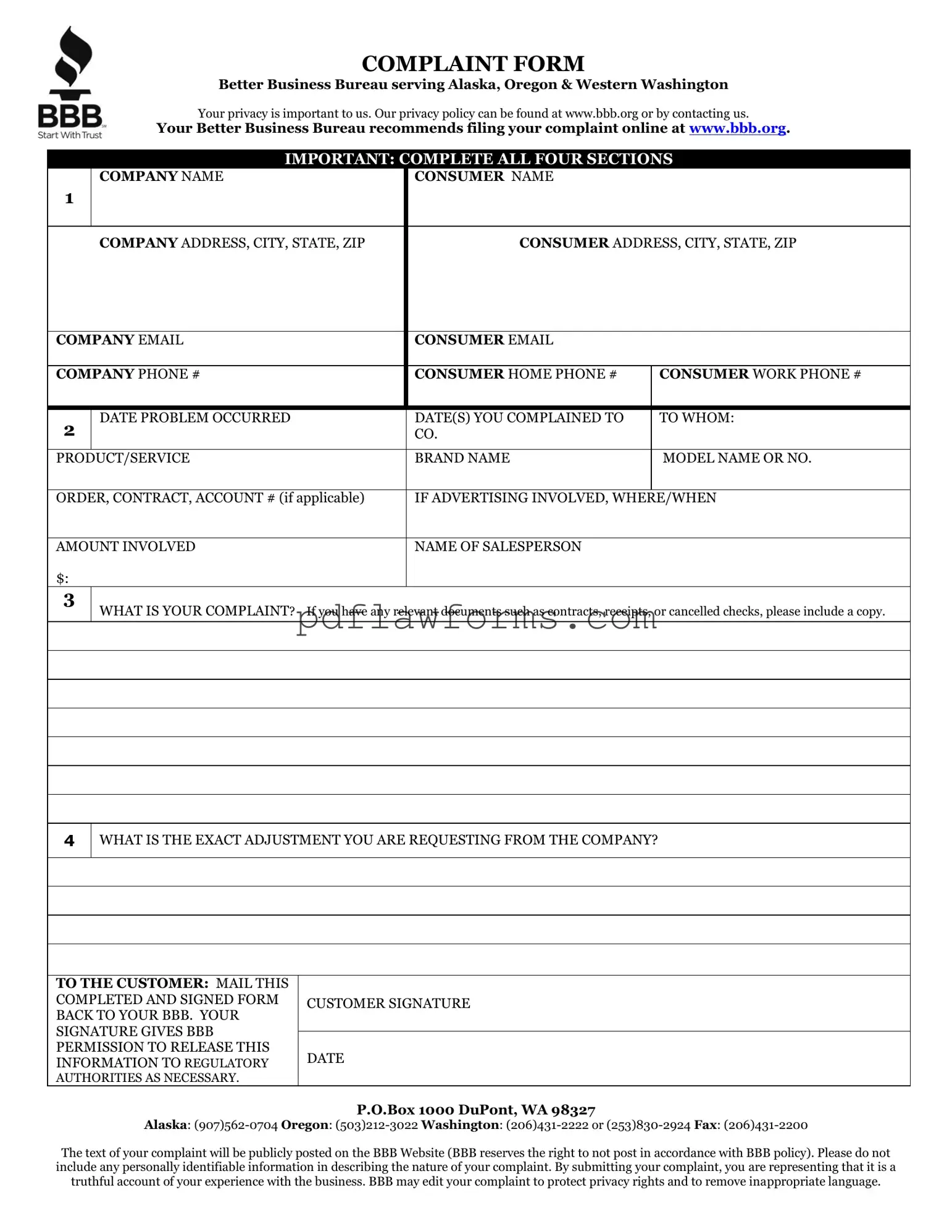Filing a complaint with the Better Business Bureau (BBB) can be a straightforward process, but many individuals make common mistakes that can hinder their claims. One frequent error is providing insufficient details about the issue. A vague description leaves the BBB with little to work with, making it difficult for them to assist effectively.
Another common mistake is neglecting to include relevant documentation. Supporting evidence, such as receipts, emails, or photographs, can strengthen your case. Without these documents, your complaint may lack credibility.
Many people also forget to check their contact information. An incorrect phone number or email address can lead to missed communications from the BBB, delaying the resolution process.
Some individuals fail to specify the desired outcome. It’s important to clearly state what you hope to achieve, whether it’s a refund, repair, or other resolution. Without this, the BBB may not know how to address your complaint.
Another mistake is submitting complaints that fall outside the BBB's jurisdiction. The BBB typically handles issues related to businesses, so complaints about individuals or non-business entities may be rejected.
Using inappropriate language can also be detrimental. Complaints filled with anger or hostility may be dismissed. A calm and professional tone is more likely to yield positive results.
People sometimes submit multiple complaints about the same issue. This can confuse the BBB and lead to delays. It’s best to consolidate your concerns into one comprehensive complaint.
Another mistake is failing to follow up. After submitting your complaint, it’s essential to monitor its status. If you don’t hear back, consider reaching out to ensure your complaint is being addressed.
Some individuals overlook the importance of reading the BBB's guidelines before submission. Familiarizing yourself with their requirements can help avoid unnecessary errors and increase the chances of a successful complaint.
Finally, many people underestimate the importance of patience. The resolution process can take time. Being persistent yet patient is key to navigating the complaint process effectively.
